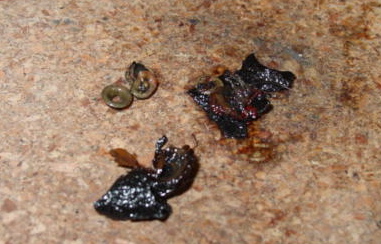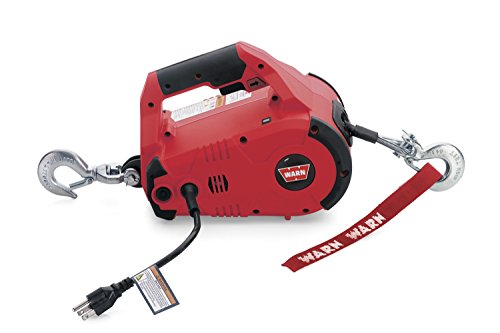- Joined
- Dec 3, 2009
- Messages
- 22,446
- Reaction score
- 265
- Location
- Van Nuys Ca.
- My Bike Models
- 1983 Interstate
2018 KLR 650
2018 BMW S1000 RR
- My Bike Logs forum link
- https://classicgoldwings.com/forums/dan-filipi.122/
I was given a 1983 engine a while back.
When I first installed it the clutch dragged very bad. By drag I mean it wouldnt completely release when the clutch was pulled in.
This made it impossible to get into neutral and shifting was very difficult.
I tried a flush with MMO with no improvement. Maybe it helped slightly but I contributed that to the thinning effect MMO has on the oil.
I pulled the rear cover to inspect for something out of place and tried a different cover which has a earlier actuating mechanism.
No improvement.
Next I swapped clutch plates and hardware from a known good working clutch.
Still no improvement.
What was really throwing me was the clutch and shifts worked beautifully for the first 3 miles and 4-5 stops and starts.
The exact same symptoms happened after 3 first runs, 2 times opening of the rear cover and the first run after installing the engine.
This is what clued me into the drag must have something to do with some kind of change taking place and led me to the problem and solution.
What I thought was odd was I'd get at least a 1/2 quart oil out when taking the rear cover off.
Looking at another engine I have I couldnt see any way for that oil to drain into the engine when it was sitting like during a oil change so that would mean at least a 1/2 quart of old oil would stay in the engine during an oil change. That didnt seem right.
With these 2 clues, drag starts after a time and oil remains in the rear cover, the drag had to be too much oil around the clutch assembly.
After pulling the engine for the 3rd time, I found the scavenger pump was plugged with debris.

Apparently these clutches, though wet in design, arent designed to be immersed in oil.
From what I can gather on the net, oil is there to cool the clutch and has very little to do with it's operation.
Evidently what was happening was the scavenger pump was not removing the "excess" oil surrounding the clutch and the oil was "hydraulically" causing the drag.
After cleaning the debris out the clutch has worked great.
Some have argued the debris was getting in between the clutch plates. I disagree with that theory because the rear cover design and oil flow path would prevent debris sitting below the scavenger pump from getting up around the clutch area.
After 400 miles shifts are still very smooth and going into first at a stop is just a click instead of the usual clunk and jerk.
Getting into neutral is usually easy. Sometimes it wont quite go in but letting the clutch out slightly then pulling it in it will go right into neutral. That has something to do with getting the gears and cogs to line up.
So if you have the larger rear engine cover off anyway, remove the scavenger pump, wipe out any debris sitting there on the engine case, and make sure you can see into the impeller thru the pickup tube that there isnt any junk plugging it up.
When I first installed it the clutch dragged very bad. By drag I mean it wouldnt completely release when the clutch was pulled in.
This made it impossible to get into neutral and shifting was very difficult.
I tried a flush with MMO with no improvement. Maybe it helped slightly but I contributed that to the thinning effect MMO has on the oil.
I pulled the rear cover to inspect for something out of place and tried a different cover which has a earlier actuating mechanism.
No improvement.
Next I swapped clutch plates and hardware from a known good working clutch.
Still no improvement.
What was really throwing me was the clutch and shifts worked beautifully for the first 3 miles and 4-5 stops and starts.
The exact same symptoms happened after 3 first runs, 2 times opening of the rear cover and the first run after installing the engine.
This is what clued me into the drag must have something to do with some kind of change taking place and led me to the problem and solution.
What I thought was odd was I'd get at least a 1/2 quart oil out when taking the rear cover off.
Looking at another engine I have I couldnt see any way for that oil to drain into the engine when it was sitting like during a oil change so that would mean at least a 1/2 quart of old oil would stay in the engine during an oil change. That didnt seem right.
With these 2 clues, drag starts after a time and oil remains in the rear cover, the drag had to be too much oil around the clutch assembly.
After pulling the engine for the 3rd time, I found the scavenger pump was plugged with debris.

Apparently these clutches, though wet in design, arent designed to be immersed in oil.
From what I can gather on the net, oil is there to cool the clutch and has very little to do with it's operation.
Evidently what was happening was the scavenger pump was not removing the "excess" oil surrounding the clutch and the oil was "hydraulically" causing the drag.
After cleaning the debris out the clutch has worked great.
Some have argued the debris was getting in between the clutch plates. I disagree with that theory because the rear cover design and oil flow path would prevent debris sitting below the scavenger pump from getting up around the clutch area.
After 400 miles shifts are still very smooth and going into first at a stop is just a click instead of the usual clunk and jerk.
Getting into neutral is usually easy. Sometimes it wont quite go in but letting the clutch out slightly then pulling it in it will go right into neutral. That has something to do with getting the gears and cogs to line up.
So if you have the larger rear engine cover off anyway, remove the scavenger pump, wipe out any debris sitting there on the engine case, and make sure you can see into the impeller thru the pickup tube that there isnt any junk plugging it up.

























































